Please don’t eat me
A horse is, first and foremost, a prey animal. Understanding that their initial reaction to anything unknown is to treat it as a lethal threat can help us know how to best approach them and become good running neighbors while sharing the trail.
When a “threat” is perceived, the horse makes the split-second decision of fight or flight – with the latter generally being the chosen option – to get out of there as fast as possible without any regard for the consequences of the route they choose. This can make for some particularly exciting, and sometimes dangerous encounters. As a rider, the ultimate goal is to teach a horse to forego that reactionary side of their brain, to think things through and follow my direction. As runners, we can do our best to limit the threat level that we pose to the horse as we pass harmlessly by.
Lets quickly take a look at what makes a horse react the way they do.
Field of vision
We’ve all heard that you should never walk behind a horse – but do we know why? Generally, most horses are just fine to walk right behind, as long as they know that you are there. The reason that most people come into contact with the business end of a horse’s hooves is that they failed to understand where the blind spot on a horse is. Just as the mirrors on your car don’t cover every inch of your car, the placement of a horses eyes on the side of their head makes it impossible for them to see directly in front, or behind themselves. To ‘cover’ that blind spot, you will see the horse turn their head slightly to the side, so that they can have an eye covering that area – just like you turn your head to check the blind spot in your car. Making sure that the horse is aware of our presence and has filed us away as a ‘non-threat’ before advancing will keep both us and the rider on a safe path.
Right brain-left brain
Here’s an interesting little tidbit. Horses have right and left sides to their brain, much like we do, the difference, however, is that the connection between the two sides is not as strong as ours. Meaning, anything you teach a horse to do on one side of his body, you have to almost completely re-teach it on the other side. Ever ridden a horse and been told you have to get on/off on the same side? That’s part of the reason (although any good trainer will teach everything on both sides…but that’s a topic for another day and a different audience!).
What is that thing!?
Anything that doesn’t reside in the horses’ daily habitat (or routine) falls under the category of “potential threat”. As a rider, this makes it lots of fun training your horse by introducing them to a variety of different stimuli and teaching them that they really aren’t about to killed by a plastic grocery bag fluttering in the wind. While this job is the riders – to make sure that their horse is ready for the trail – understanding that some horses may react to ‘unusual’ things can help us be prepared in case we find ourselves in that situation. For some novice horses this might be a big backpack on a hiker (what is that, Quasimodo?), a pack lama passing by, or maybe that jacket or garbage sack you have hanging off your pack. As a general rule, anything that moves and makes a noise can potentially spook a horse.
So what can we do?
When approaching a horse and rider:
- Slow down and walk
- Step off the trail and wait if necessary (horses always have the right of way)
- Engage the rider in conversation when approaching – this lets them know that you are coming and lets the horse know what you are. A little friendly conversation never hurt anyone, either.
- If the horse looks especially nervous (or if you are), ask the rider where/how they would like you to pass.
- Make sure you are not running up on them, especially if from behind.
- If you are approaching from behind, make sure that the horse can see you before you pass – just like trucker mirrors, if you can’t see the horses eyes, he can’t see you. Remember, watch for him to turn his head slightly to the side and get you in his field of vision.
- If you are in a group, have everyone pass on the same side of the horse(s) – this will keep the horse(s) from feeling like they are being surrounded and is also safer for your group in case there is a problem.
Ultimately the responsibility of the horse and its ability to deal with anything that comes up on the surrounding trail falls squarely – 100% – on the shoulders of the rider and, in most cases, the horses that are out on the trail are very well conditioned to the various elements that they may encounter. However, as good running neighbors, we can do our part to keep the trail safe and enjoyable for everyone.
What works well for you? What good, bad or exciting animal encounters have you had on the trail? Share in the comments!

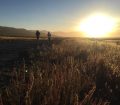
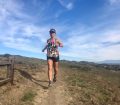
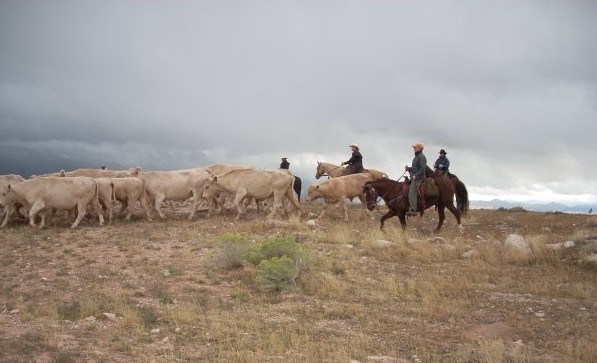
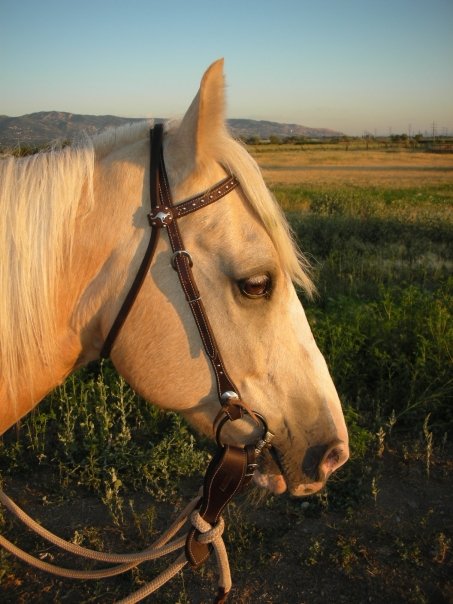





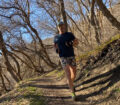


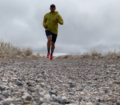
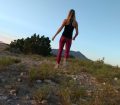
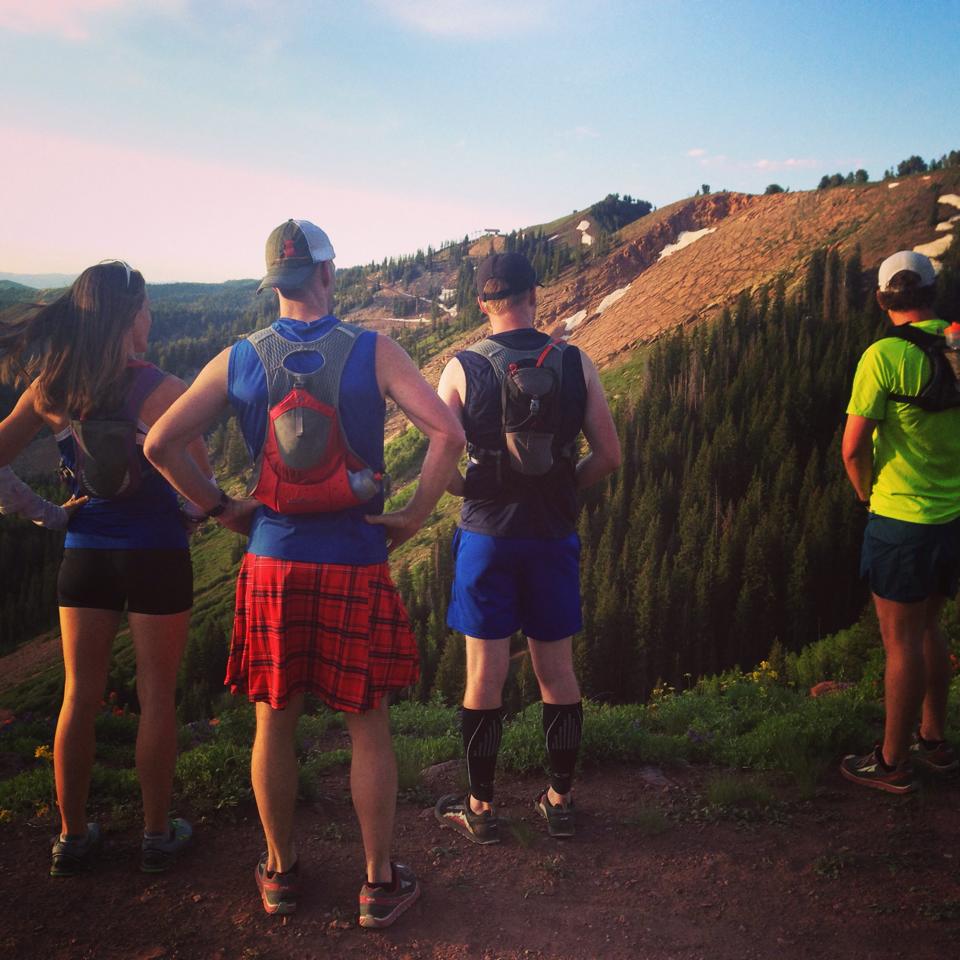

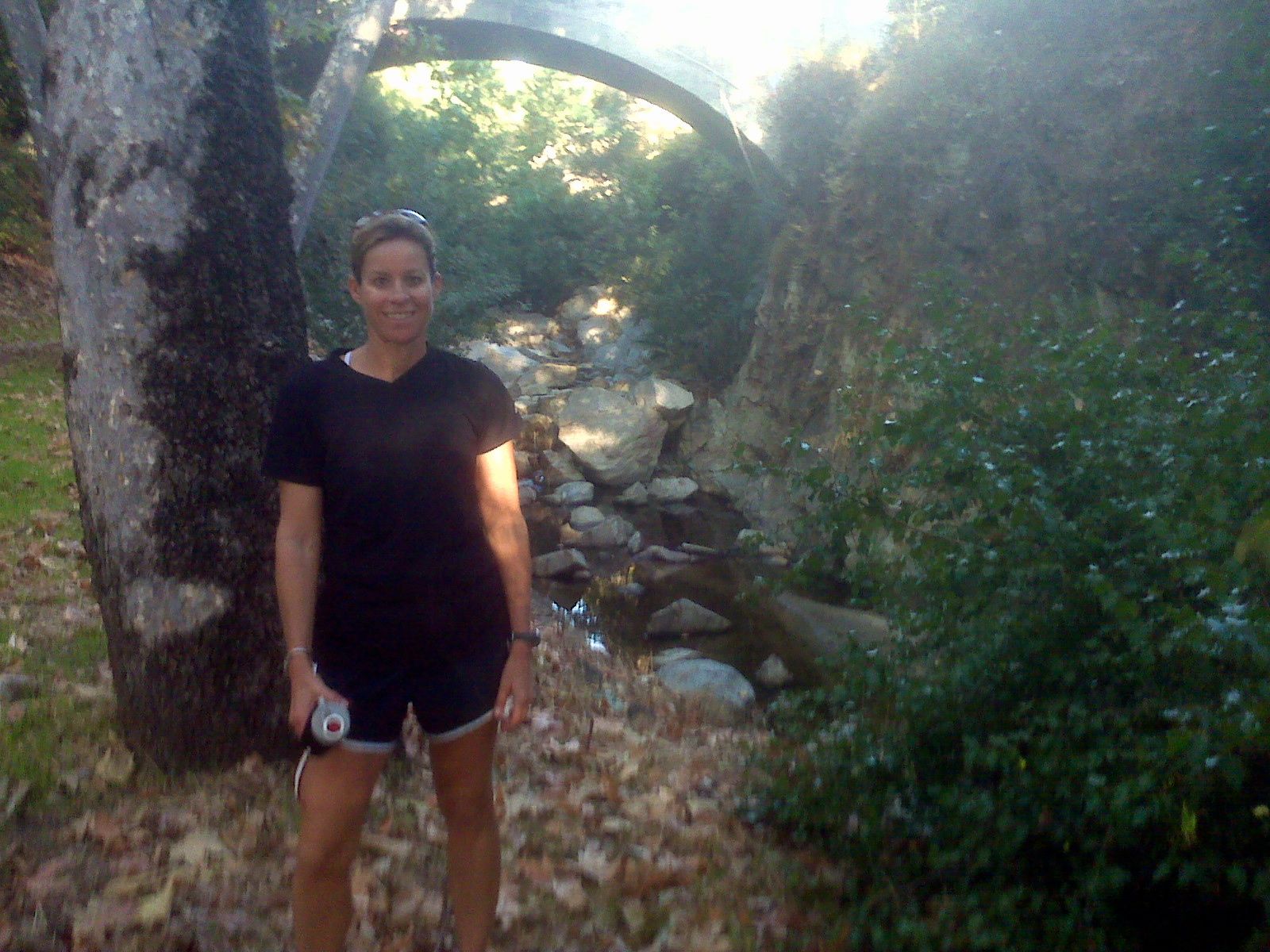
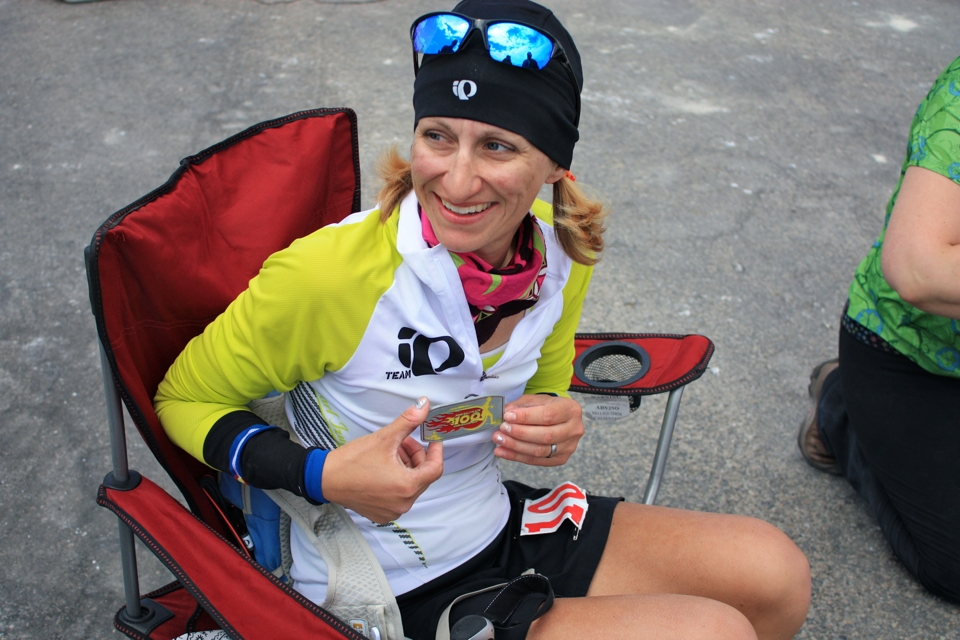
Awesome article. I run by horses almost daily and have done so during many different races. This is a great article to know how to deal with those situations. Thanks for writing it.
Awesome article, very spot on.. just saying that even extremely trail savvy horses will have problems with new stimuli (llamas? YIKES) and to add, even something that resides in the horse’s everyday habitat, if it ACTS different than its supposed to, will spook a horse (a jacket laying on the fence is no problem, but let a little wind lift it up? Jackets aren’t supposed to move!!) Thank you, on behalf of all trail riders out there for helping make trail sharing a better experience for ALL of us! You guys ROCK!